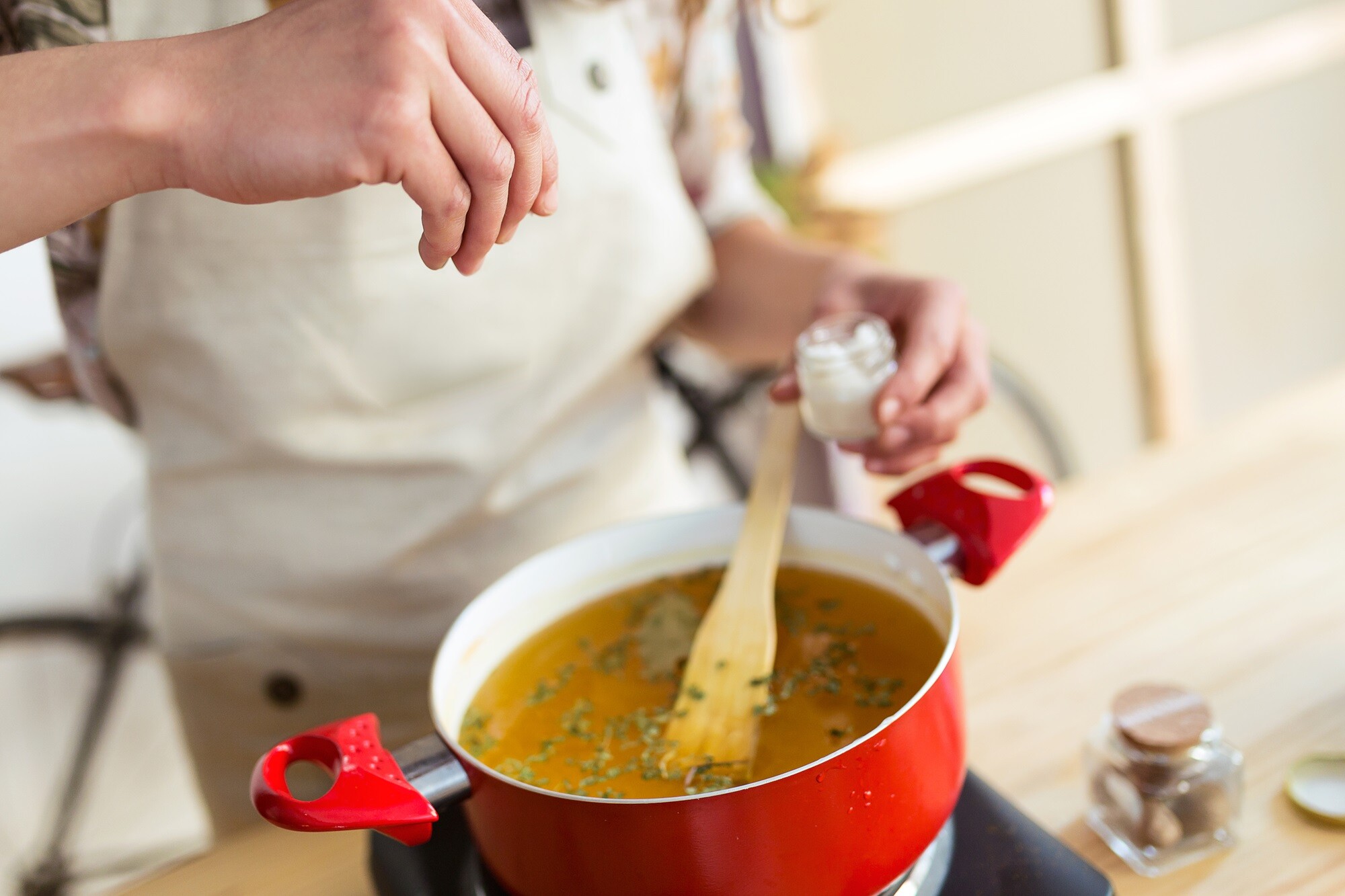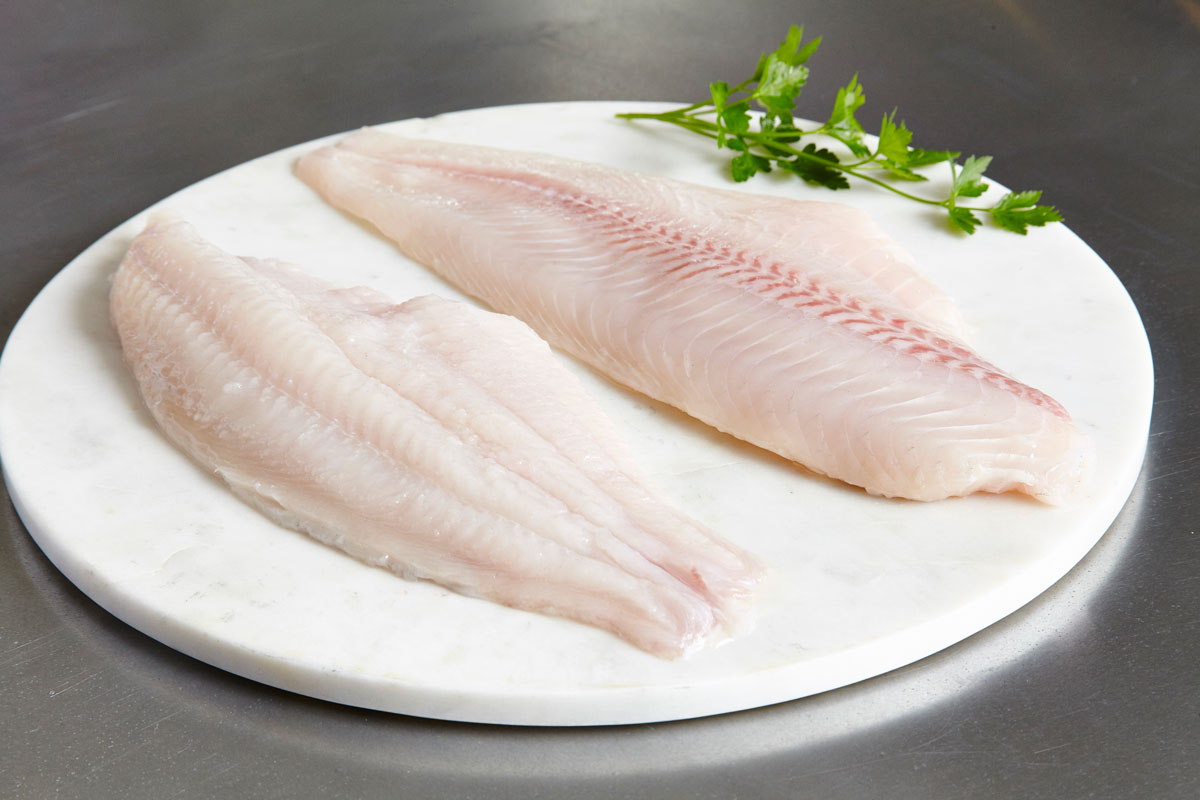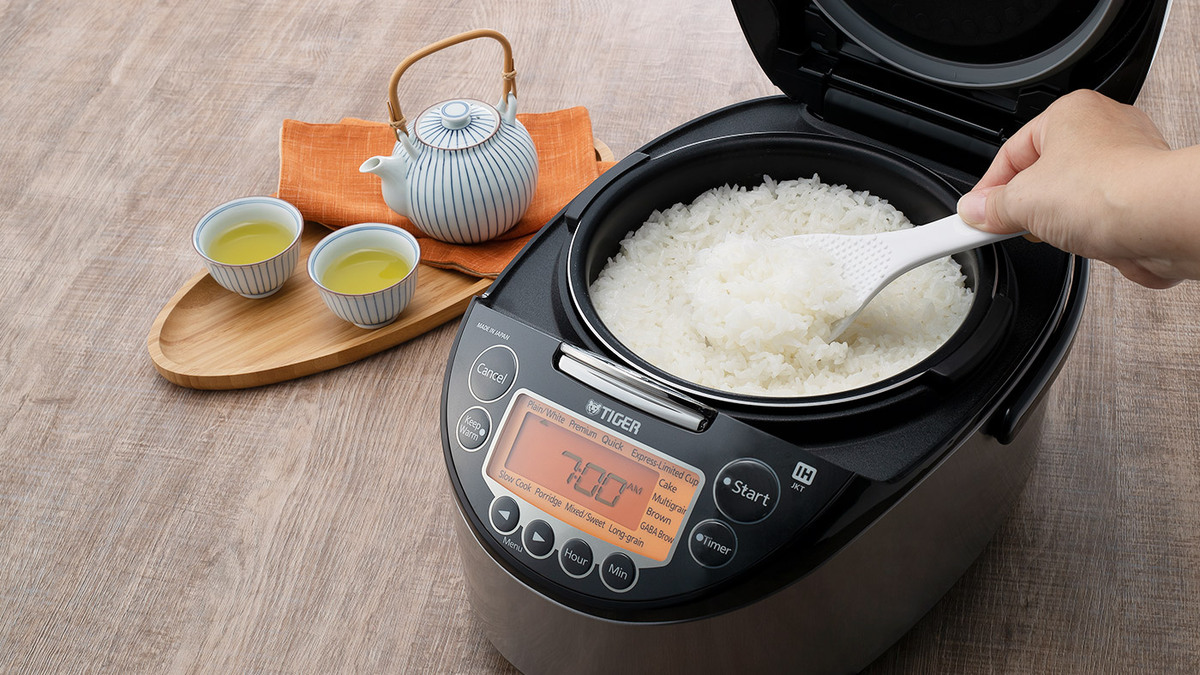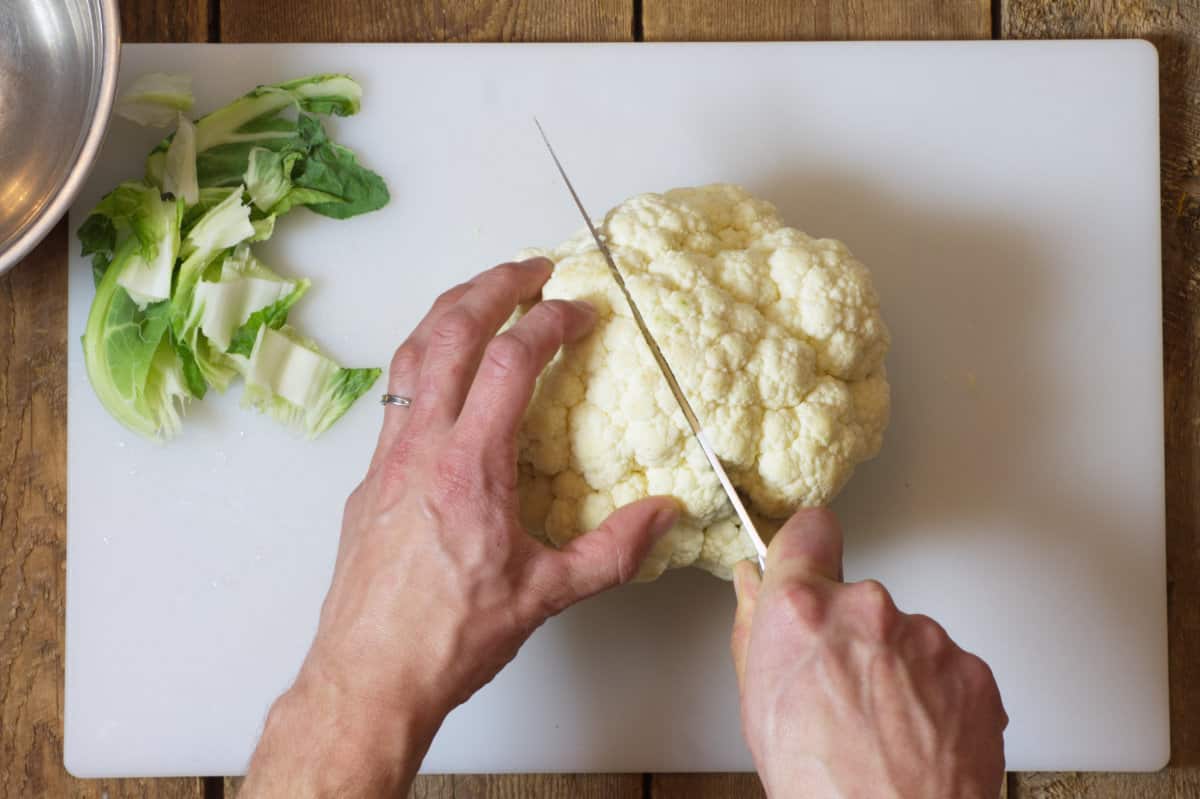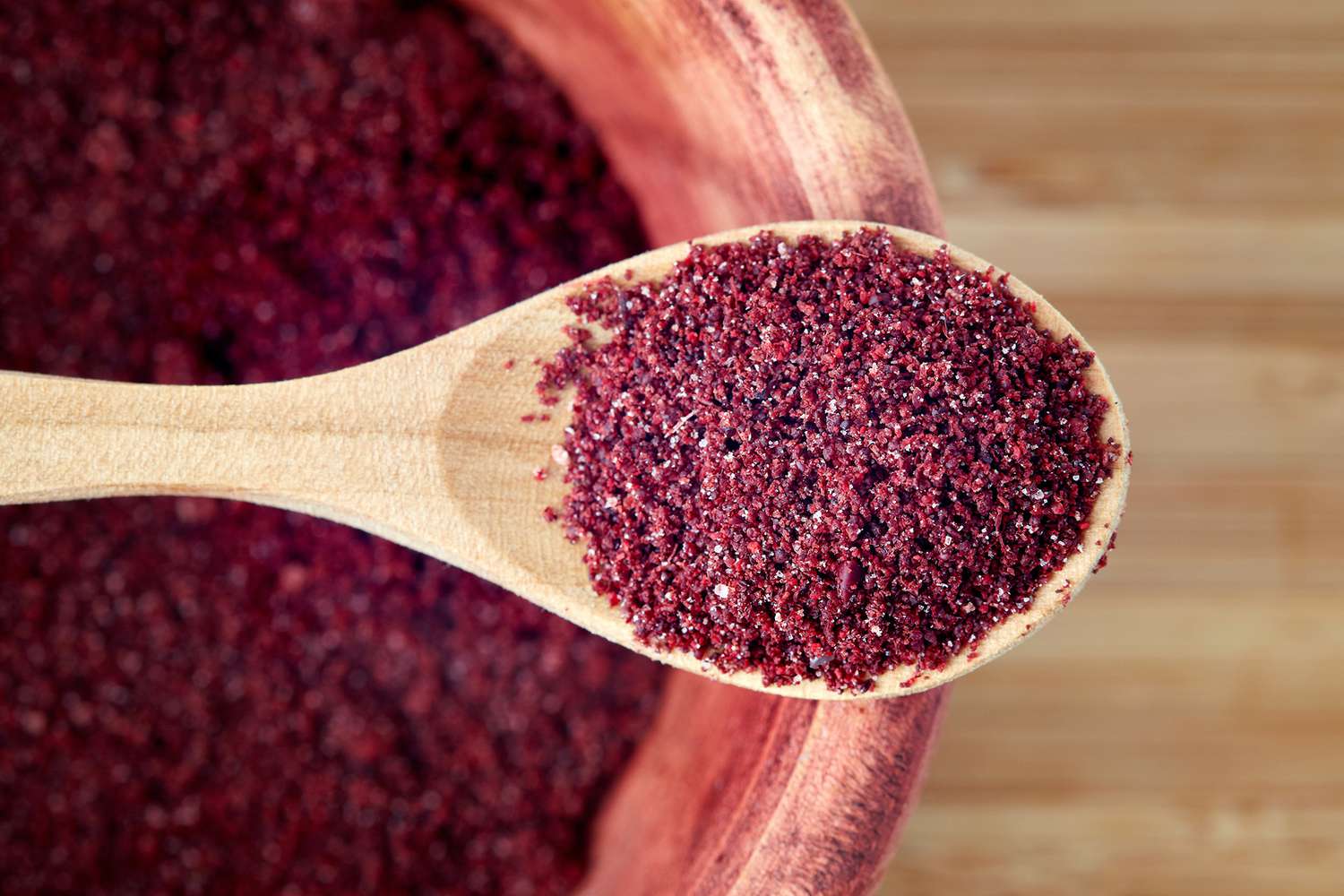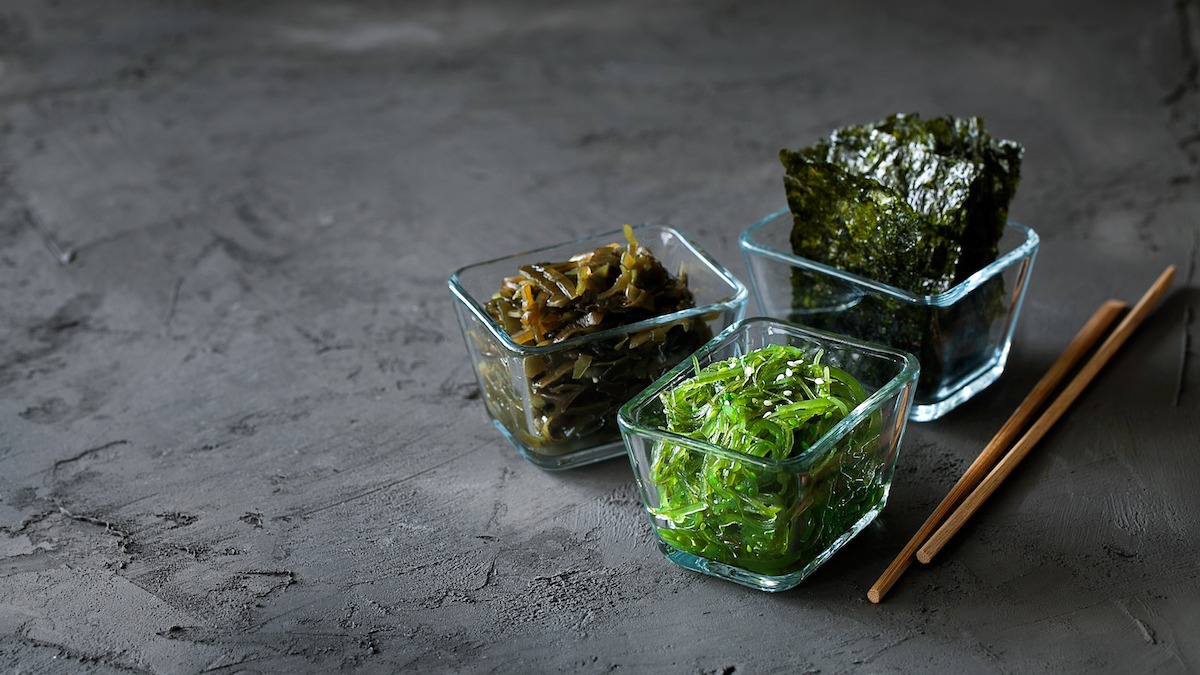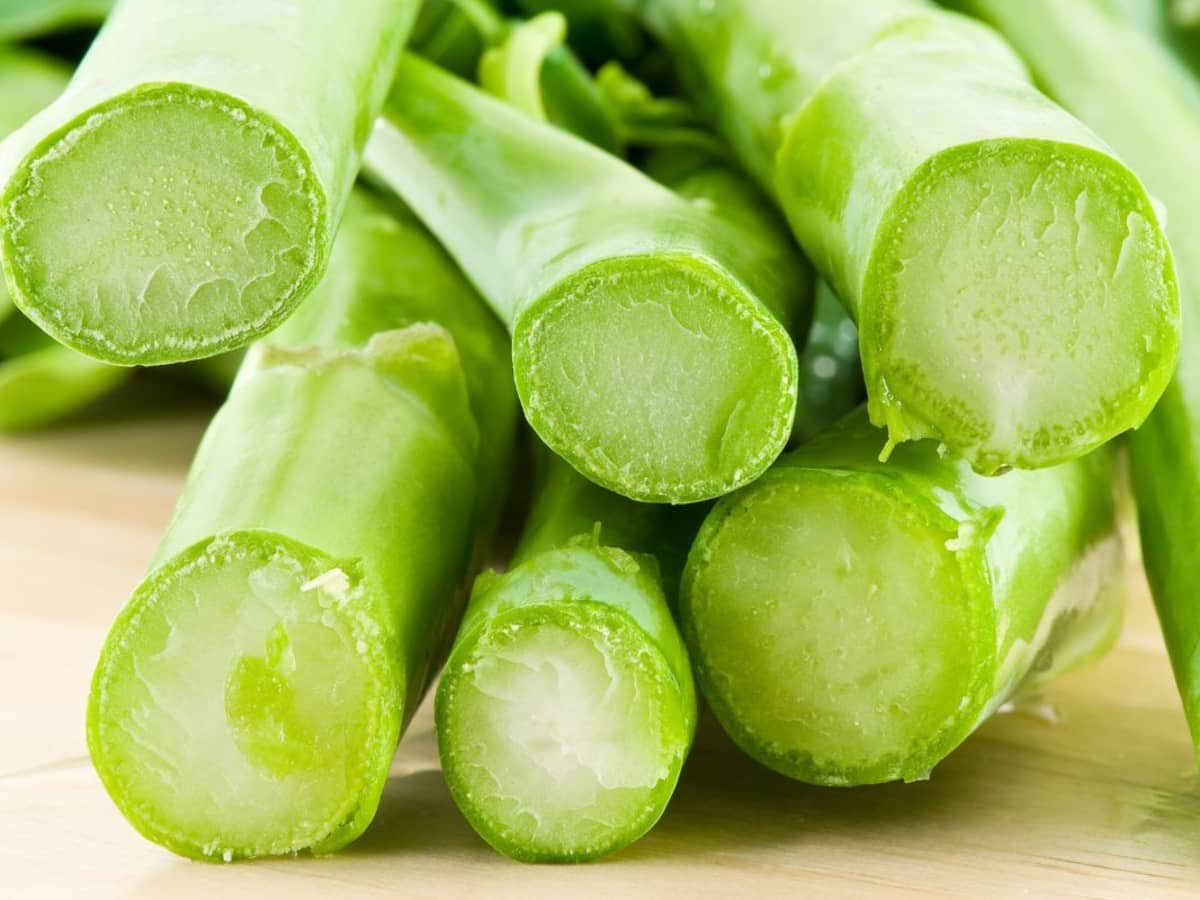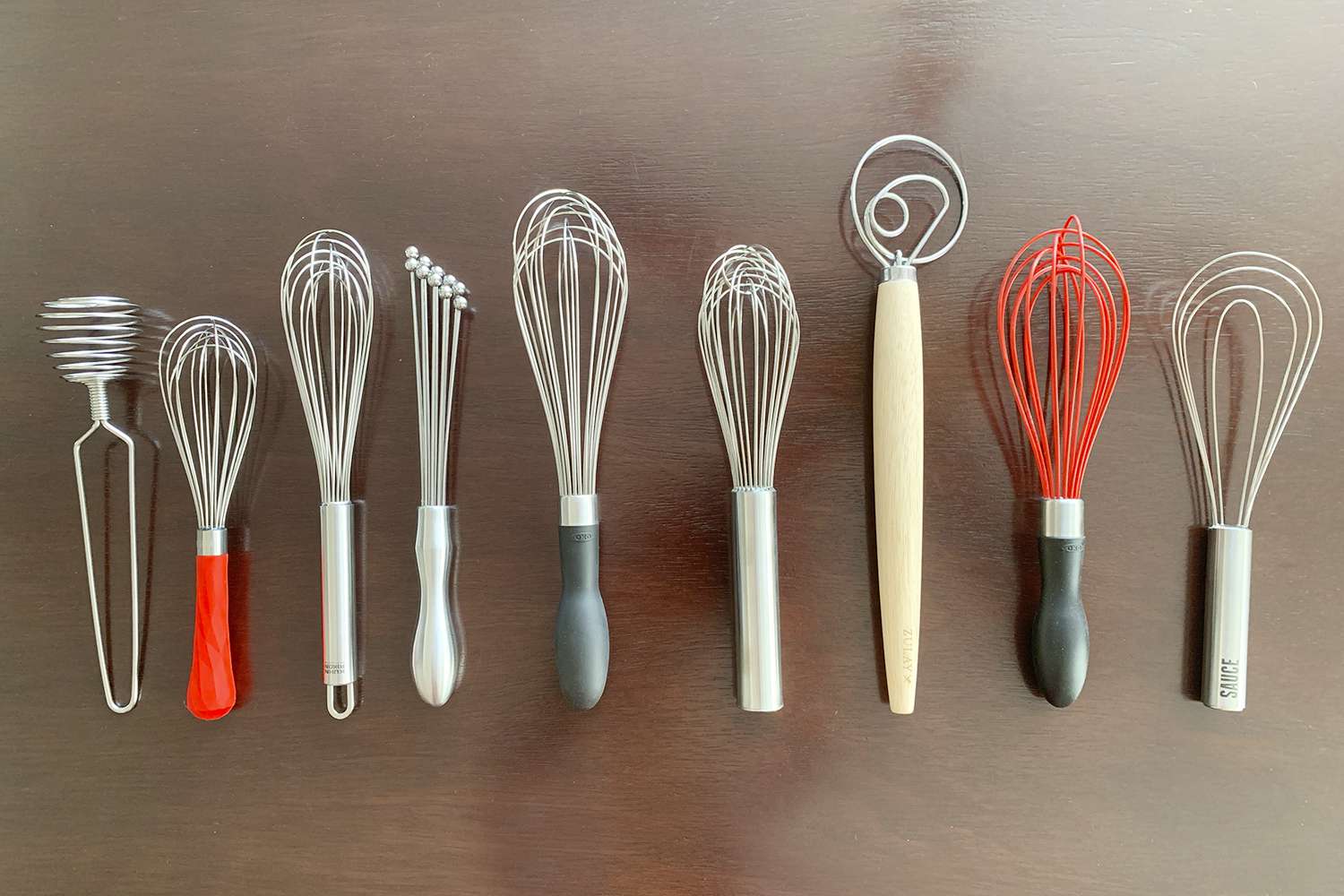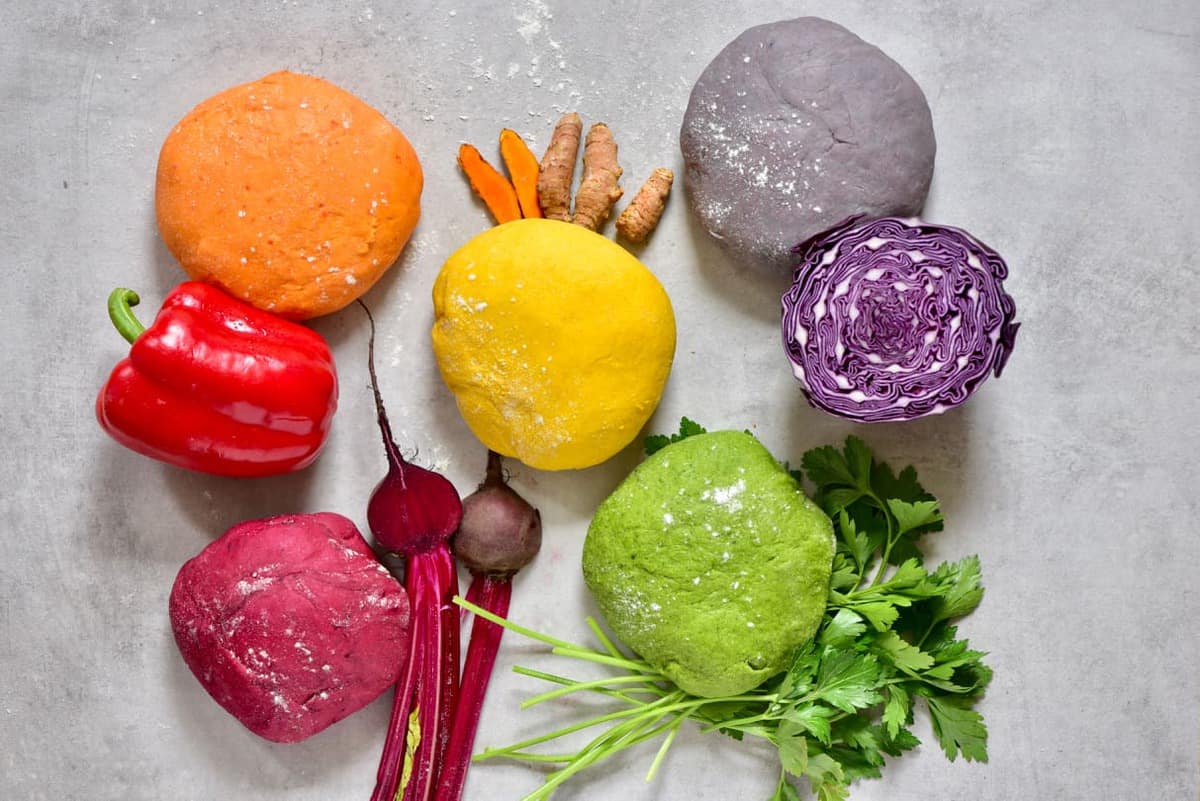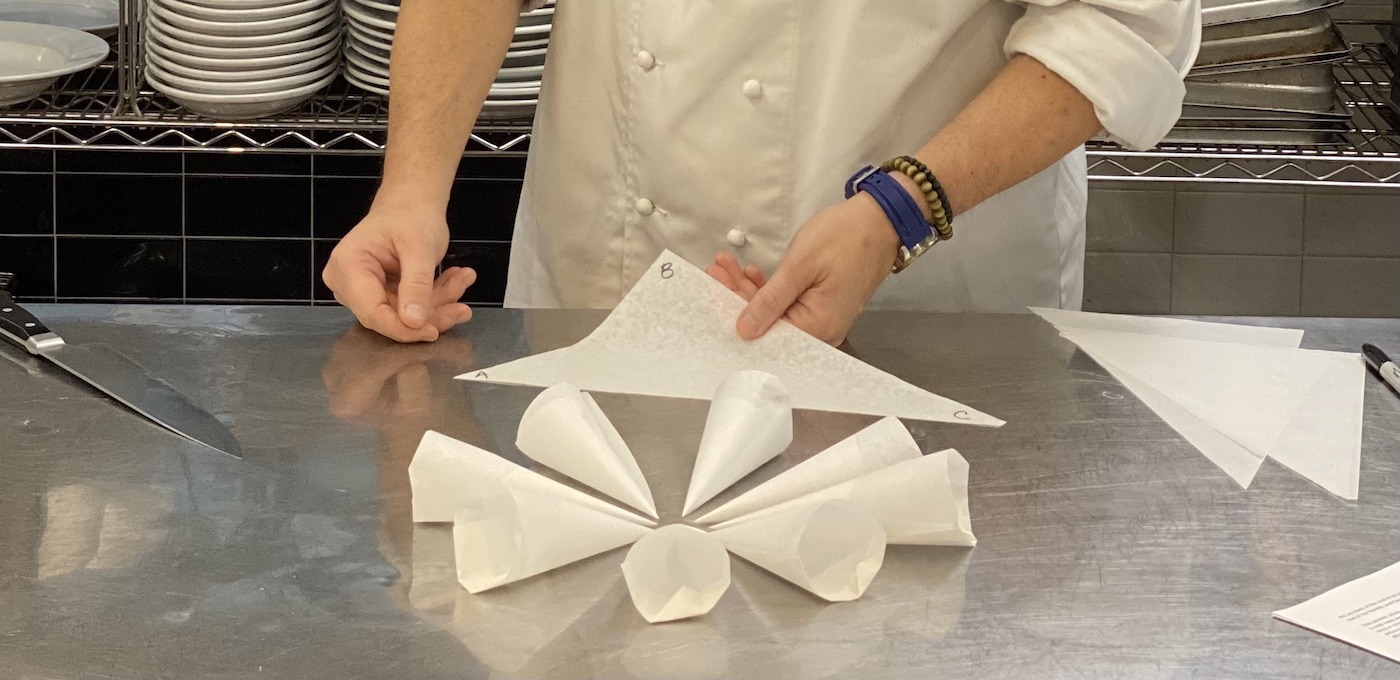Indian Spices: How to Work With Dry Spices
Indian cuisine is renowned for its bold and vibrant flavors, thanks to the use of aromatic spices. These affordable and accessible treasures add depth and complexity to dishes, transforming ordinary meals into extraordinary culinary experiences. If you’re new to Indian cooking or just curious about incorporating these fantastic flavors into your dishes, this guide will help you navigate the world of Indian spices and show you how to work with dry spices like a pro.
The Basics of Indian Spices
Indian spices are like a treasure trove of flavor, offering a wide range of tastes, aromas, and colors. From the fiery heat of chili peppers to the warm and earthy notes of cumin and turmeric, each spice brings a unique personality to the dish.
When buying Indian spices, it’s best to opt for whole spices, as they retain their flavors and aromas for much longer than pre-ground spices. Whole spices are also more versatile and can be ground or toasted to release their flavors when needed.
Here are some commonly used Indian spices:
- Cumin seeds: Adds an earthy and nutty flavor to curries and roasted vegetables.
- Coriander seeds: Provides a fresh and citrusy aroma, perfect for marinades and spice blends.
- Turmeric powder: Known for its vibrant yellow color and mild flavor, used in curries and rice dishes.
- Garam masala: A fragrant and warming spice blend, ideal for curries, stews, and soups.
- Cardamom pods: Offers a sweet and floral aroma, commonly used in desserts and tea.
- Mustard seeds: Adds a distinct sharpness to pickles, chutneys, and curry sauces.
- Cinnamon sticks: Provides warmth and sweetness to both savory and sweet dishes.
- Red chili powder: Adds a fiery kick to curries, soups, and marinades.
Working with Dry Spices
Now that you have an idea of some commonly used Indian spices, let’s dive into how to work with them to create delicious dishes that will impress your taste buds:
1. Toasting and Grinding
One way to enhance the flavors of your spices is to toast them before using. Simply heat a dry pan over medium heat and add the whole spices. Toast them for a few minutes until fragrant, being careful not to burn them. Allow them to cool, then grind them into a fine powder using a spice grinder or mortar and pestle. Freshly ground spices will take your dishes to the next level.
2. Dry Roasting
Some spices, like cumin seeds and mustard seeds, benefit from dry roasting to bring out their full flavors. Heat a pan over medium heat and add the seeds. Toast them, stirring frequently, until they become aromatic and slightly darker in color. This technique adds a smoky and nutty taste to your dishes.
3. Blending Spices
Don’t be afraid to experiment with spice blends to suit your taste preferences. Garam masala, for example, is a popular spice blend that can be made by combining ground cinnamon, cloves, cardamom, cumin, coriander, and black pepper. Adjust the proportions according to your desired flavor profile and effortlessly elevate your curries.
4. Storing Spices
To preserve the flavors of your Indian spices, it’s essential to store them properly. Keep them in airtight containers in a cool and dry place, away from direct sunlight. This will help maintain their potency and extend their shelf life.
Embrace the Magic of Indian Spices
Indian spices have the power to transform any dish into a memorable culinary adventure. With a little creativity and a willingness to experiment, you can unlock a world of flavors right in your own kitchen. So, go ahead, embrace the magic of Indian spices and embark on a culinary journey that will leave you craving for more!
Was this page helpful?
Read Next: Spice Hunting: Dill Seed
